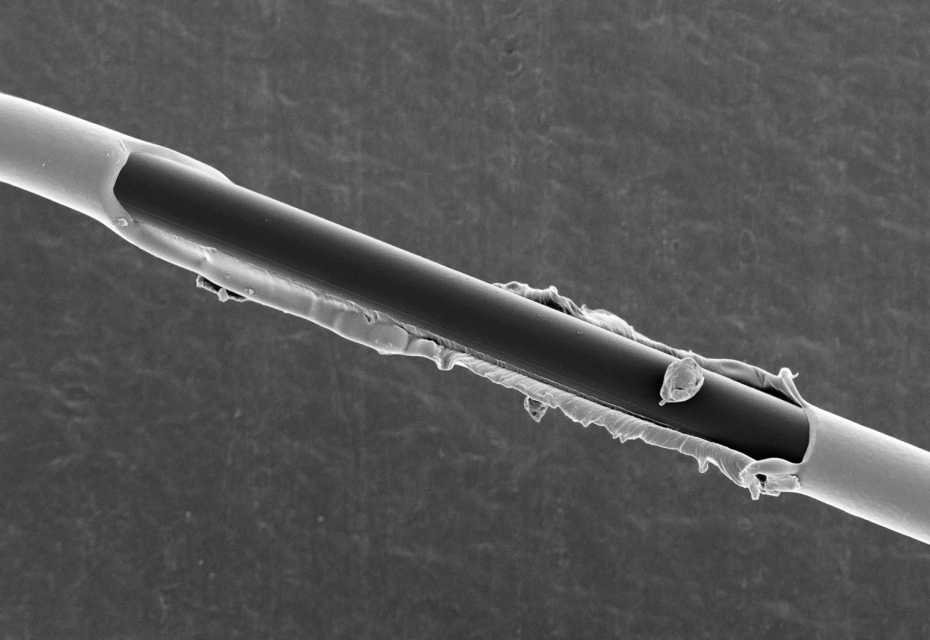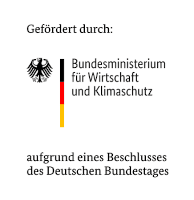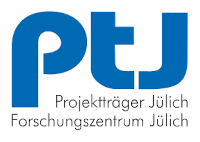During his doctorate at the Department of Mechanical and Process Engineering at ETH Zurich, Christoph Schneeberger developed a process that could make the environmentally friendly lightweight material even more attractive for manufacturers – by making it cheaper. “My goal is that in 20 or 30 years, a comparatively inexpensive car will also be built from sustainable materials,” he says about his motivation.
Schneeberger and his team want to make the impregnation process superfluous by combining the plastic and the fibre textile much earlier in the process: in the production of the fibre. Initial tests indicate that the novel material can be processed efficiently. “If we produce in large quantities one day, we will come close to the cost of the raw materials,” says Schneeberger. He is now developing the technology further in an ETH Pioneer Fellowship – supported by ETH Professor Paolo Ermanni and doctoral student Nicole Aegerter.

Of course, the trio is still a long way from mass production, as would be necessary for the aviation or car industry, for example. “We must take one step at a time,” says the 32-year-old. But his ambition is clear: he wants to bring the novel lightweight material to the market. The plan is to focus initially on applications that make do with smaller quantities of the composite material: sports equipment, for example, or custom-made products for cars or aircraft. This would show that the method delivers what it promises, says Schneeberger.
But his method could also be of great benefit for another purpose. Namely to make large components that are currently not recyclable more sustainable. Examples are silos, gas tanks or wind turbine blades. With Schneeberger’s process, these components could instead be made from thermoplastics – in other words, plastics that can be melted and shaped. With these properties, wind turbine blades, for example, could be recycled, just like PET bottles.
Further informationen: Antefil Composite Tech.
You can read the detailed report on the ETHZ website.







![BMBF_CMYK_Gef_M [Konvertiert]](https://composites-united.com/wp-content/uploads/2022/03/BMBF_gefoerdert_en_rgb.jpg)









